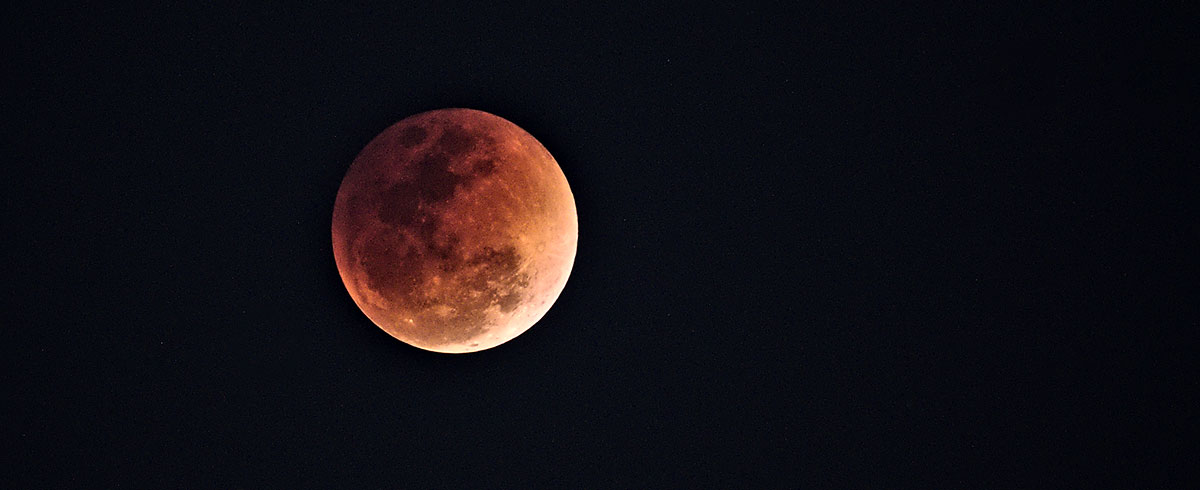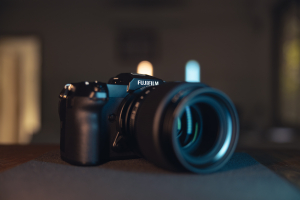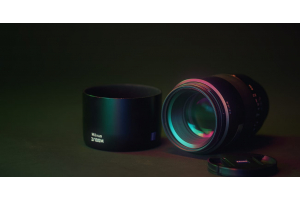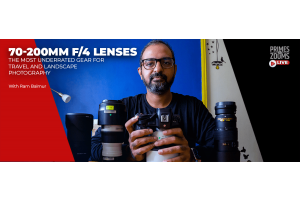Page 7 - Gear Talk
Sorry but the selected product is not available in the quantity you requested. Please enter your contact details below to see if we can accomodate your request
-
Read more »
Panasonic recently invited us to a pre-launch preview of their upcoming full-frame mirrorless bodies: the S1 and the S1R. While the bodies we got to see and handle were pre-production models, they carried most of the features that will be finally released. The cameras are expected to start shipping in April and we should see detailed field reviews coming in soon after. However, here is a short summary of what’s noteworthy about these bodies:
- The bodies are large – larger than other FF mirrorless cameras on the market. However, that said, they feel solid and rugged to handle. The mount is a Leica L-mount, different from the MFT mount on the GHx series. The L mount is an alliance between Leica, Panasonic and Sigma. Sigma are expected to announce new lenses for this mount soon after the bodies start shipping.
- The S1R carries a 47MP sensor and the S1 carries a 24MP sensor. Both bodies are identical in physical form and interface. The current lens lineup includes a 24-105mm f/4 kit lens, a 70-200mm
-
Posted: February 08, 2018Read more »
The evening of Jan 31, 2018 witnessed a beautiful lunar eclipse starting before moonrise and ending well into the night. A lot of Primes & Zooms customers were out shooting the moon that night and a few of them got great results while some came back with images that did not quite do justice to the beautiful sight.
Shooting celestial objects is not an easy task unless you have some practice with it. If you are a beginner and would like to understand how to take simple but great shots of the moon and planets, this article is for you!
Choose your subject:
Close-up of the rings of Saturn shot by the Cassini spacecraft: your images will NOT look like this!
Astrophotography refers to photographs of the moon, planets and deep-sky objects such as nebulae, galaxies and star clusters. A popular misconception is that astrophotography involves taking high-magnification shots of deep-sky objects (such as the one above, for example). Unfortunately, you will need your own private equivalent of the Hubble,











